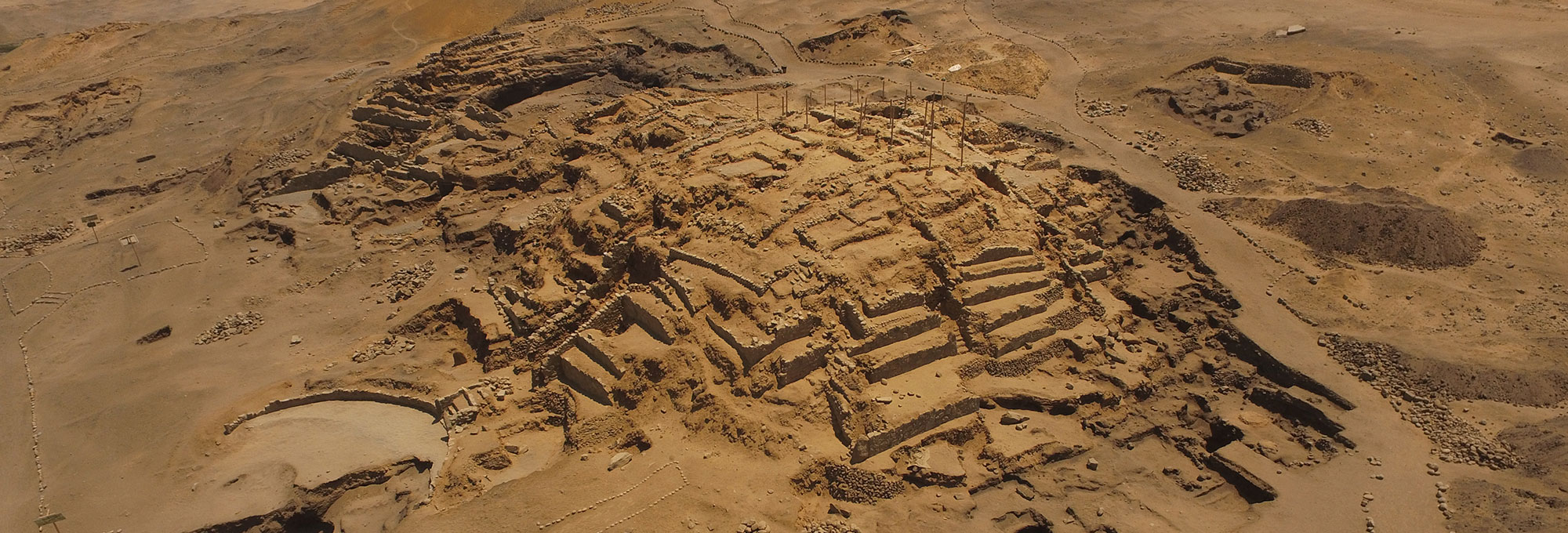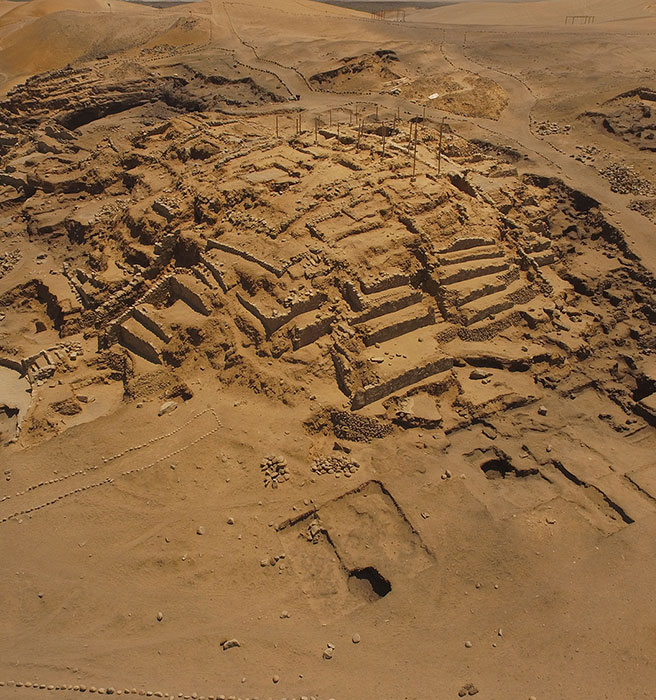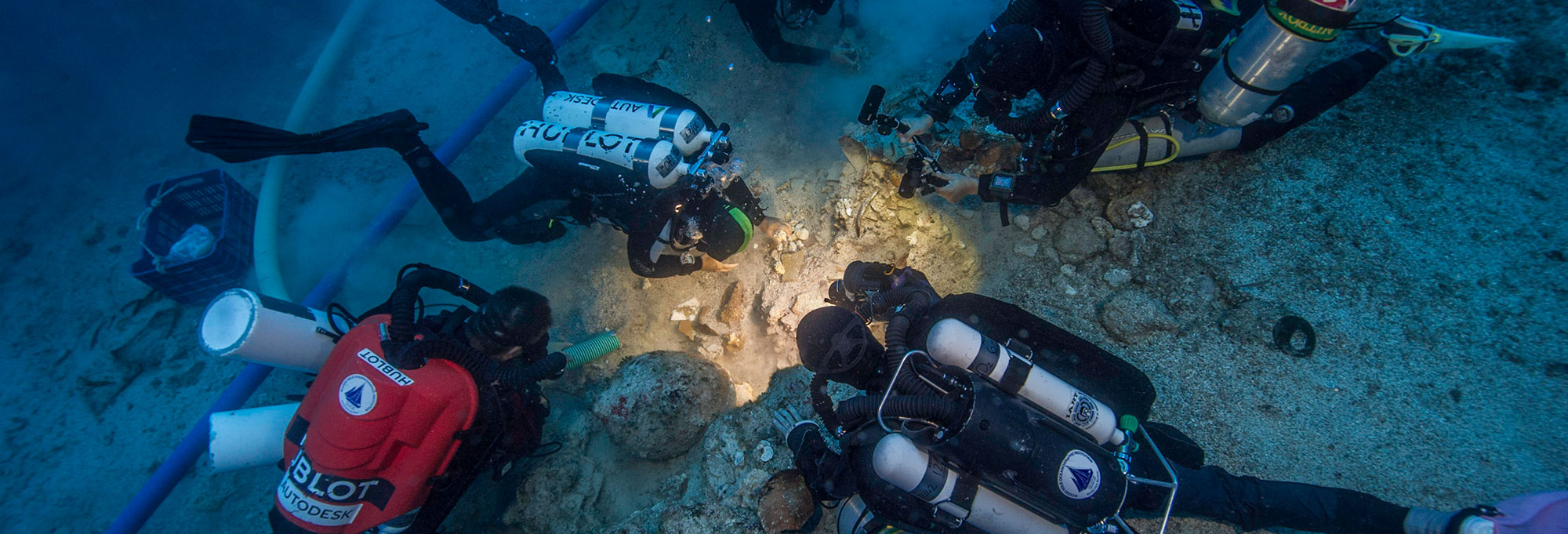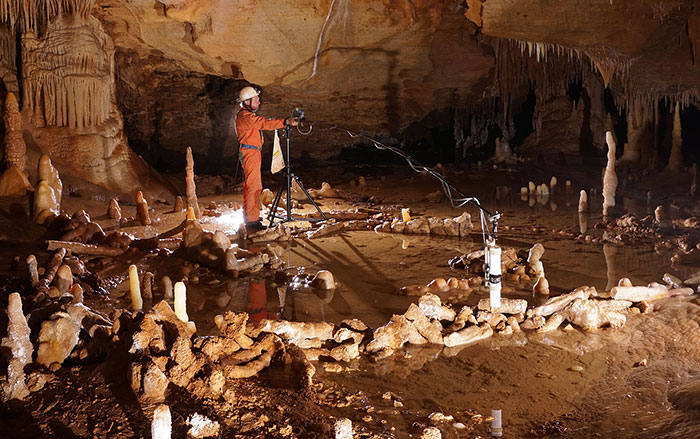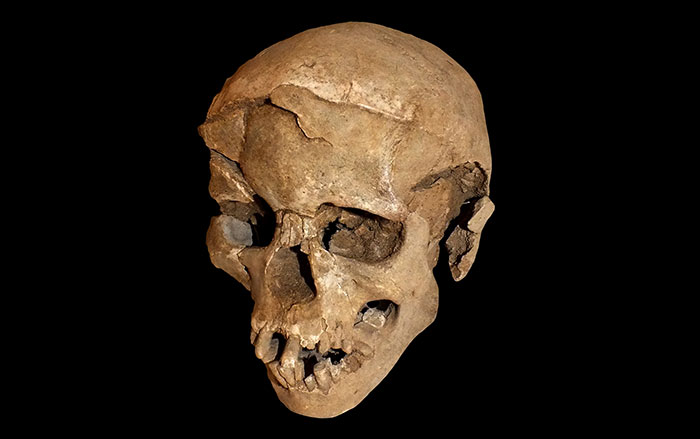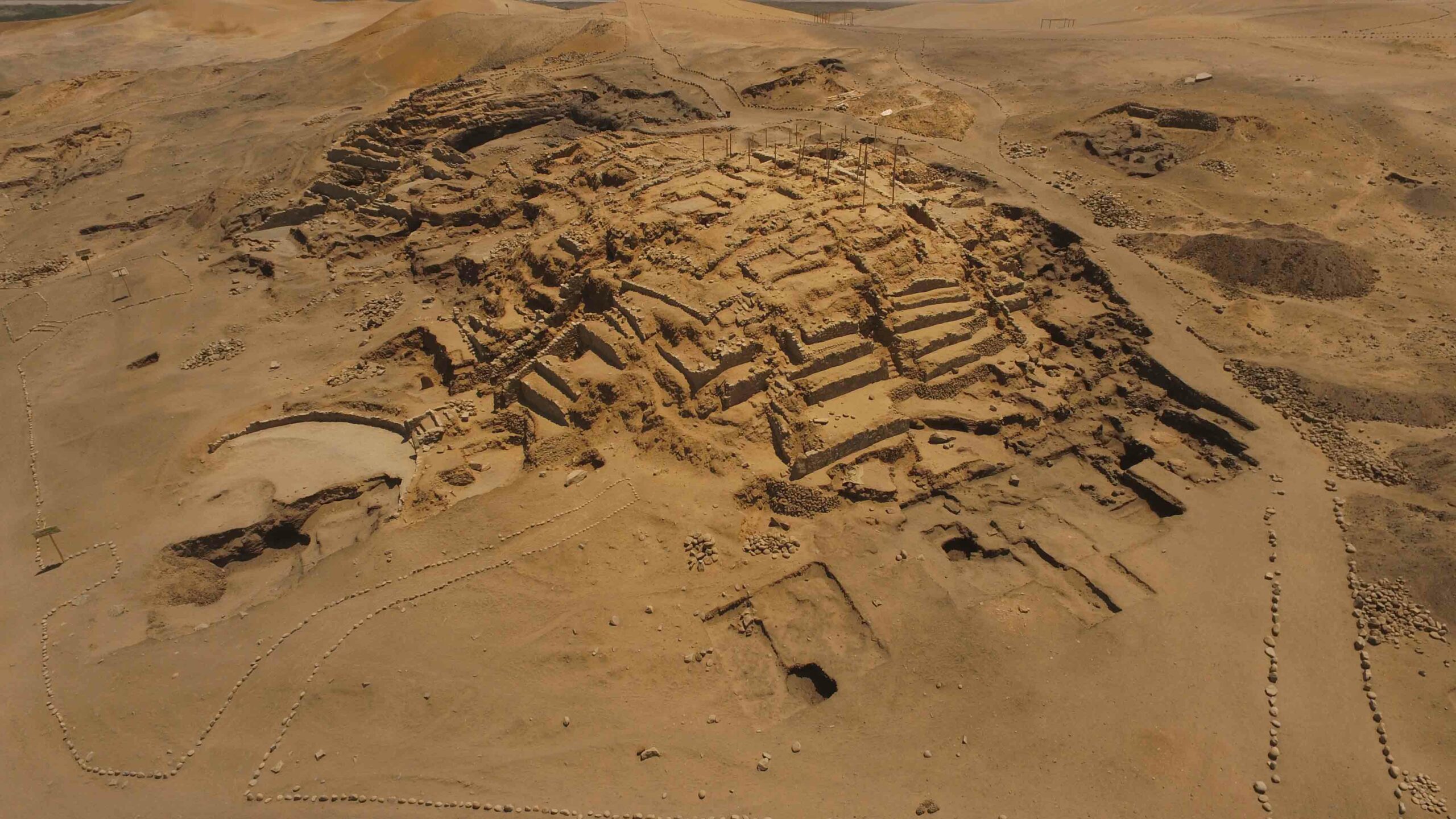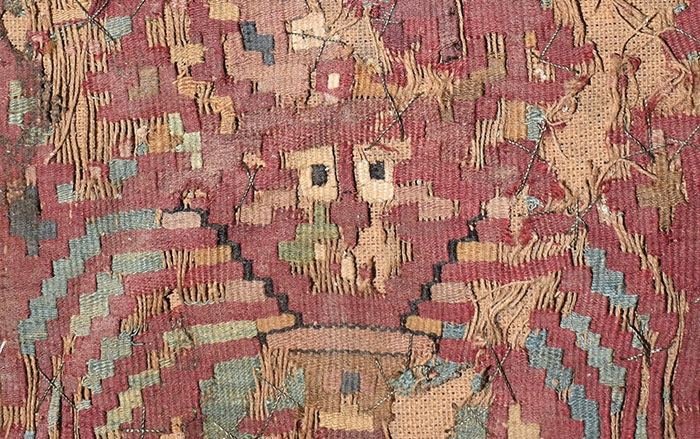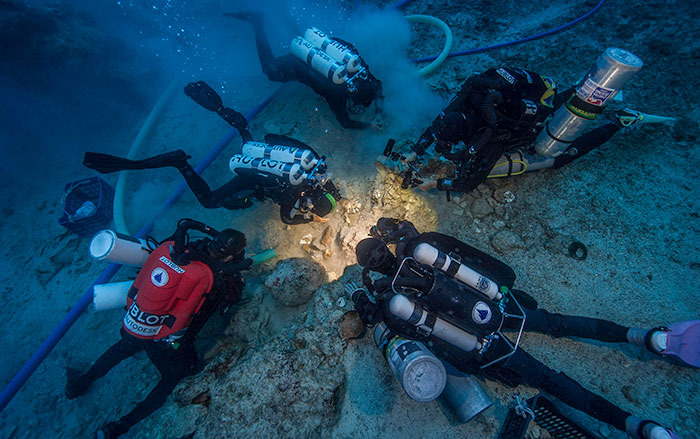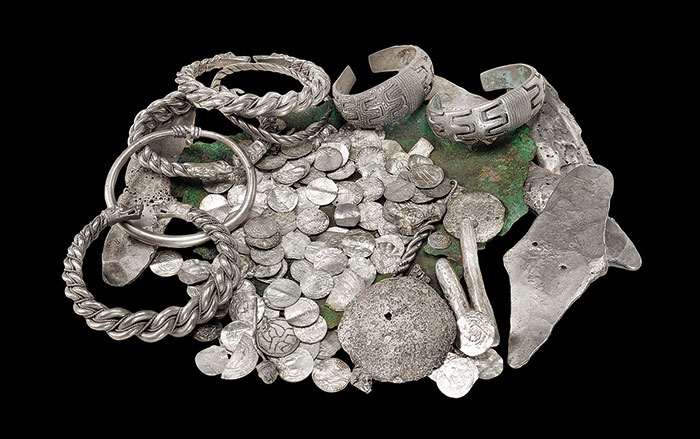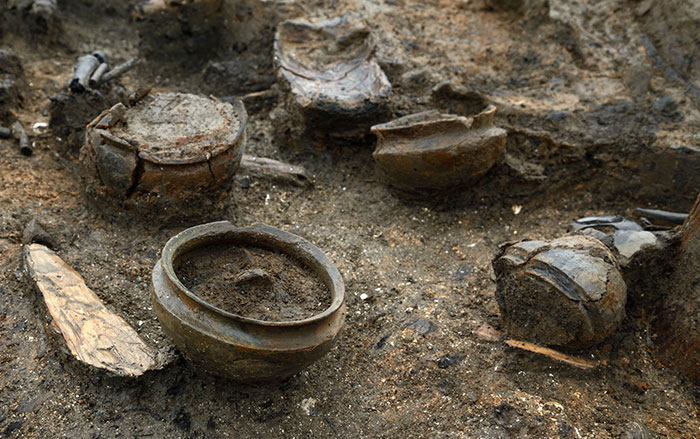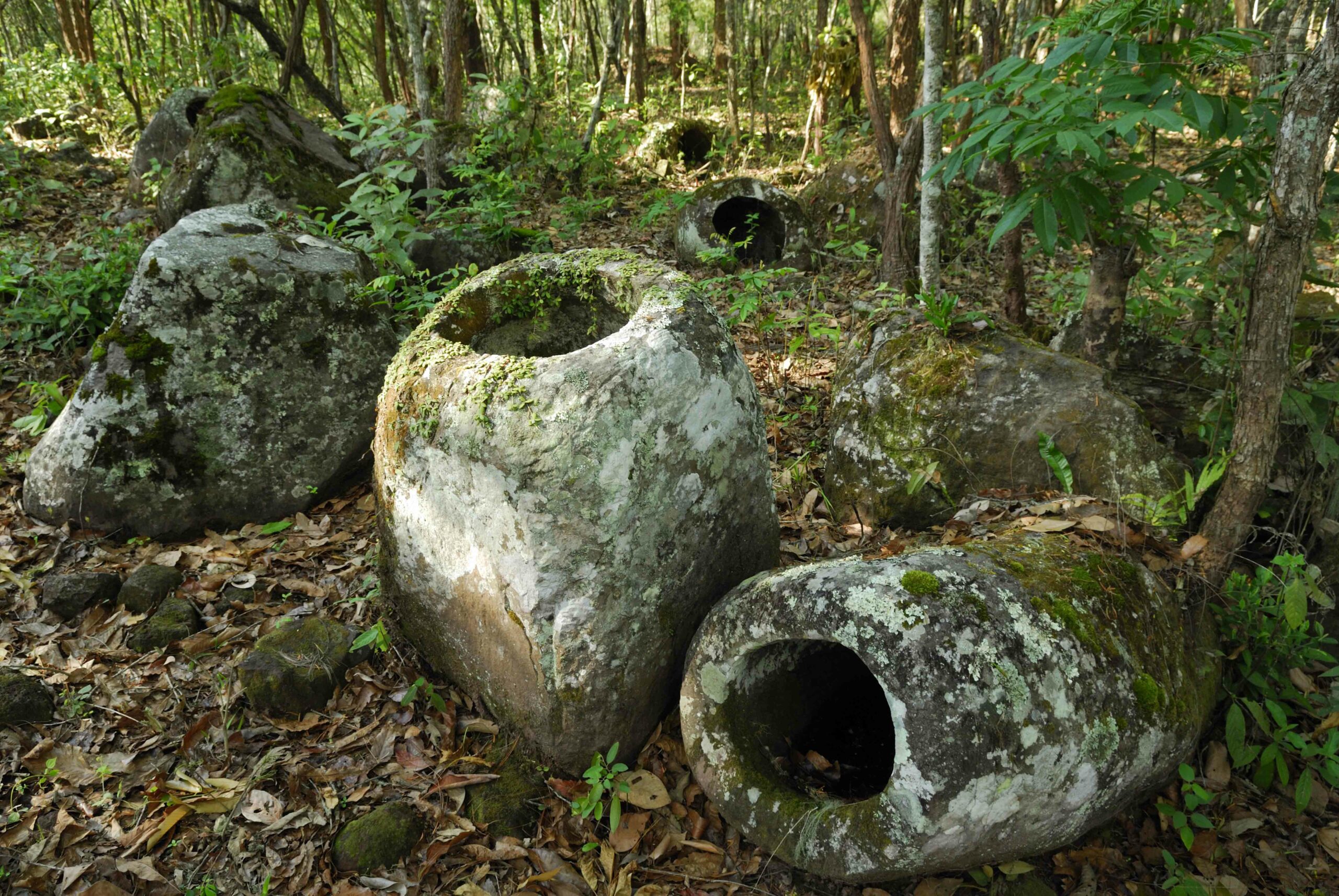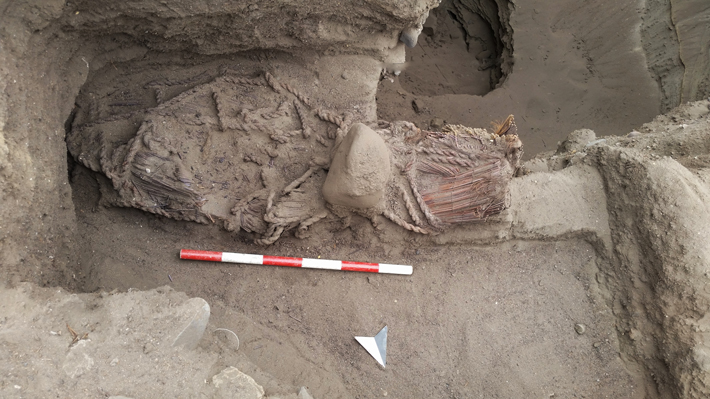
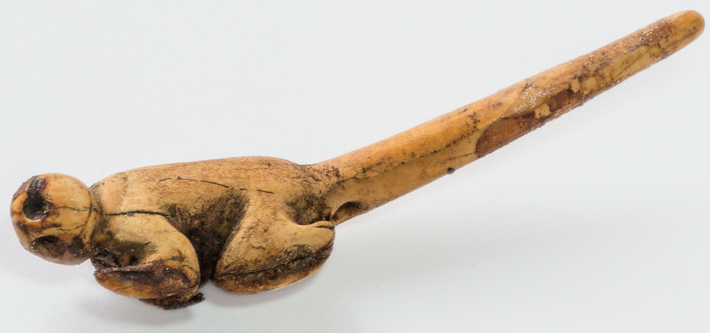
The role of women in ancient cultures has received increased attention in recent years, from that of female pharaohs in Egypt to Viking wives in northern Europe. And now, archaeologists in Peru have found signs that women there held positions of prestige at the earliest stages of civilization. At the site of Áspero, a female skeleton was found decorated with shells of the genus Spondylus, which come from hundreds of miles away in far northern Peru and were a sign of authority for centuries in Andean cultures. About 45 years old when she died, the woman had clothing accessories made of bone carved in the form of seabirds and Amazonian monkeys, also status symbols, says archaeologist Ruth Shady Solís of San Marcos University. Most striking is the burial’s age—some 4,600 years ago, near the dawn of the fishing and farming civilization that thrived on Peru’s coast. Shady Solís found sculpted female figurines dating from the same period—more proof, she believes, that women occupied prominent social positions.


